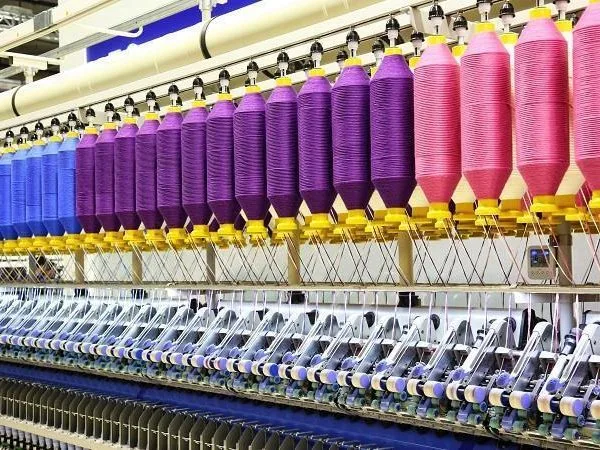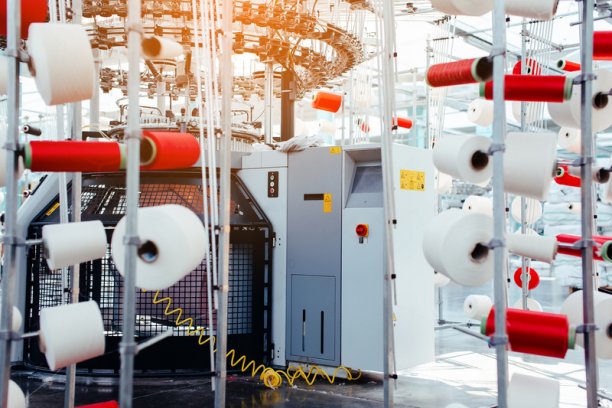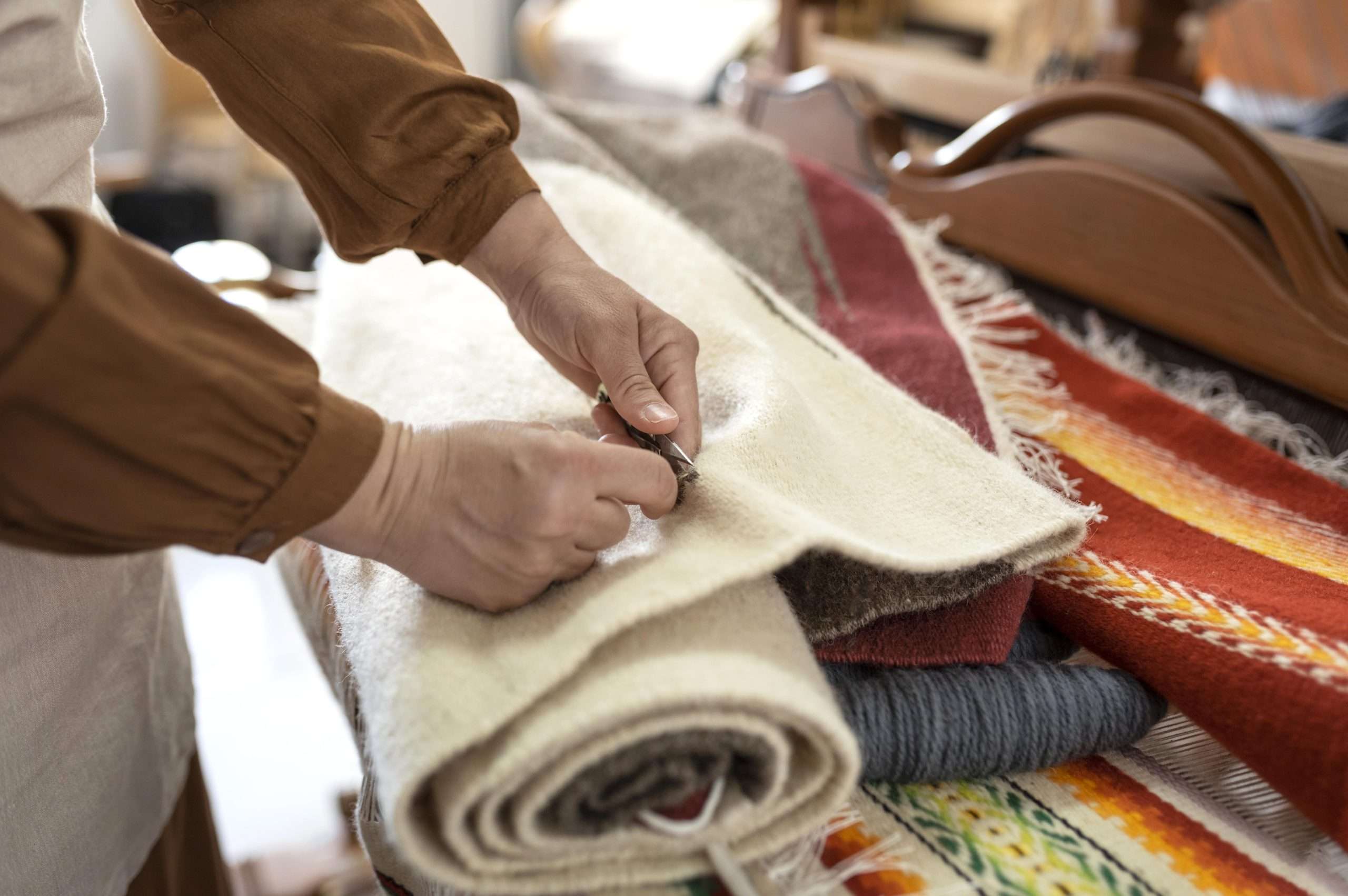Distinguishing Craftsmanship: The Knitted Garment Industry’s Artistry
The knitted garment industry stands tall in the vibrant fashion world, winding around tales through threads and embracing the artistry that characterizes its perfection. Each knitted garment reflects a combination of skill and creativity, from the complex patterns to the delicate textures. It’s an industry drenched in tradition yet constantly developing, where craftsmanship meets innovation in a delightful dance of texture and plan. The story of knitted garments travels generations, conveying the heritage of artisans who have meticulously crafted these pieces, passing down techniques and expertise from one hand to another and machine to machine.
The t-shirt arises as a modern symbol—a garment transcending age, orientation, and culture. It typifies simplicity yet boasts a complexity in its creation. T-shirt manufacturing epitomizes the industry’s ability to mix comfort, functionality, and style. From its unassuming beginnings as an undergarment to a statement piece enhancing runways and streets the same, the tshirt manufacturer process is a testament to the evolution of fashion and buyer needs.
Mastering Style and Comfort
Within the strong tapestry of the fashion industry, t-shirt manufacturing emerges as a sign of versatility and innovation, skillfully blending comfort with style. What was once a modest undergarment has metamorphosed into a helpful shine and self-articulation picture, outperforming its functional starting points to become material for individuality and societal statements.
The evolution of the t-shirt is a fascinating journey reflecting the shifting floods of culture and fashion. At first, it was usually utilized as a base layer to be worn underneath shirts; this essential clothing underwent an exceptional transformation. Its journey from being covered beneath layers to becoming a stand-alone fashion staple reflects a cultural shift towards comfort, versatility, and a more relaxed approach to dressing.
The Expertise of T-Shirt Manufacturers
Behind each well-fitted t-shirt lies the mastery of manufacturers, navigating the complex combination of materials and techniques with artfulness. The process includes an ensemble of actions, each step meticulously directed to convey a garment and an encounter of comfort and style.
To start this ensemble, manufacturers meticulously select premium yarns for the foundation, and after that, the t-shirt’s quality and feel are built. The yarn choice determines the skin’s texture, durability, and comfort. It’s a delicate equilibrium, looking for the perfect mix that guarantees softness while maintaining versatility against mileage.
The journey of these yarns continues after their selection. They go through a progression of cycles, including turning and coloring, where expertise and attention to detail become integral factors. Artisans and super-advanced apparatus work inseparably to transform crude filaments into vibrant, uniform strands fit to be woven into the texture that will embrace your body.
Crafting Comfort and Durability
Picking the suitable fabric, often cotton for its softness and flexibility, frames the cornerstone of crafting t-shirts that get through the test of time. This decision isn’t arbitrary; it’s a conscious choice in light of a profound understanding of what makes a t-shirt fashionable and functional. Cotton is a hero among fabrics, valued for its innate qualities that cater to comfort and durability.
Cotton’s natural characteristics make it an ideal decision for t-shirts. Its soft and breathable nature guarantees a gentle touch against the skin, making it comfortable to wear in any event for extended periods. The fabric’s ability to assimilate moisture contributes to its comfort, keeping the wearer new and dry in different climates and activities.
Be that as it may, comfort is just a single side of the coin. Durability is similarly vital, particularly for a garment with frequent use and laundering. Cotton’s versatility against mileage is impressive, permitting t-shirts to withstand the afflictions of regular daily existence. Its strands are durable, guaranteeing the fabric holds its shape and variety even after various washes, safeguarding the garment’s appearance and integrity.
The Manufacturing Process
Investigate the multi-step process that transforms unrefined components daily, from yarn selection to intricate closet essential stitching. The journey starts with yarn turning, continues through fabric knitting, cutting, and assembling, and culminates in creating a garment prepared to embellish different people.
Adaptation and Innovation
Manufacturers innovate to match advancing fashion scenes by embracing modern technologies and sustainable practices. Eco-accommodating materials, digital advancements in plan, and streamlined production processes mark the industry’s commitment to sustainability and adaptability.
Beyond Clothing, Statements of Individuality
Find how these straightforward garments transcend their utility, becoming material for self-articulation and societal messages. From promoting causes to displaying art, t-shirts are a platform for people to communicate their identity and convictions.
Threads and Trends Winding around a Tapestry of Expression
The knitted garments manufacturers in karachi and t-shirt manufacturing unite to shape clothing and an advancing narrative of creativity and self-expression. Through innovation, craftsmanship, and a combination of tradition with modernity, they stitch together a fabric that reflects not just trends but individual stories woven into the actual fabric of our lives.




